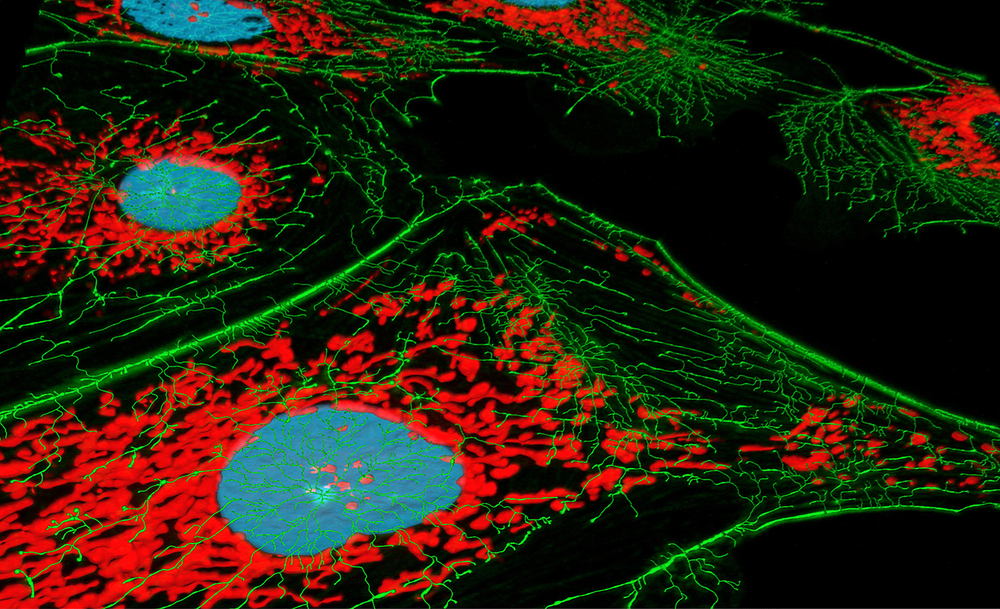Protein’s Misconduct in Mitochondria May Be Cause of Nerve Cell Death in Huntington’s

Stopping the protein TDP-43 from accumulating in mitochondria may help prevent neurodegeneration in a variety of diseases, according to researchers at the Case Western Reserve University. In a recent study, they demonstrated that once inside mitochondria, TDP-43 shuts down its ability to produce energy, leading to nerve cell death.
The study, “The inhibition of TDP-43 mitochondrial localization blocks its neuronal toxicity,” published in Nature Medicine, was conducted in amyotrophic lateral sclerosis (ALS) frontotemporal dementia (FTD) cells, but may be of relevance to other neurodegenerative diseases characterized by misplaced TDP-43 in nerve cells, such as Alzheimer’s, Parkinson’s, or Huntington’s disease.
TDP-43 is a protein that binds to newly formed RNA molecules and helps to transport them inside the nucleus of nerve cells. Mutations in TDP-43, as well as misplacement of TDP-43 from the nucleus into the cytoplasm, has been shown to be associated with a variety of neurological disorders.
To understand the mechanisms underlying TDP-43-induced pathogenesis, the researchers examined nerve cells from people who had died of ALS or FTP, and found that TDP-43 accumulated in their mitochondria, the powerhouse of the cell.
“By multiple approaches, we have identified the mitochondrial inner membrane facing matrix as the major site for mitochondrial TDP-43,” Xinglong Wang, PhD, from the department of pathology at Case Western Reserve University School of Medicine, and the study’s lead author, said in a press release. “Mitochondria might be major accumulation sites of TDP-43 in dying neurons in various major neurodegenerative diseases.”
The researchers found that once TPD-43 entered the mitochondria, it resumed its RNA binding role, and attached to mitochondrial genetic material, disrupting the its ability to produce energy. Importantly, the study showed that specific mutations in the TDP-43 protein — mutations known to be associated with neurodegenerative disorders — enhanced its misplacement within the mitochondria.
Wang’s team was able to identify specific sections on the TDP-43 protein that are recognized by mitochondria and contain the signals that allow the protein to be taken up by the organelle. Blocking these sections in mice, using small proteins, impaired TDP-43 translocation into the mitochondria, which “almost completely” prevented nerve cell death and disease progression. This suggests that these sections of the TDP-43 protein may be targeted in future therapeutic approaches.
“We, for the first time, provide the novel concept that the inhibition of TDP-43 mitochondrial localization is sufficient to prevent TDP-43-linked neurodegeneration,” said Wang. “Targeting mitochondrial TDP-43 could be a novel therapeutic approach for ALS, FTD and other TDP-43-linked neurodegenerative diseases.”






